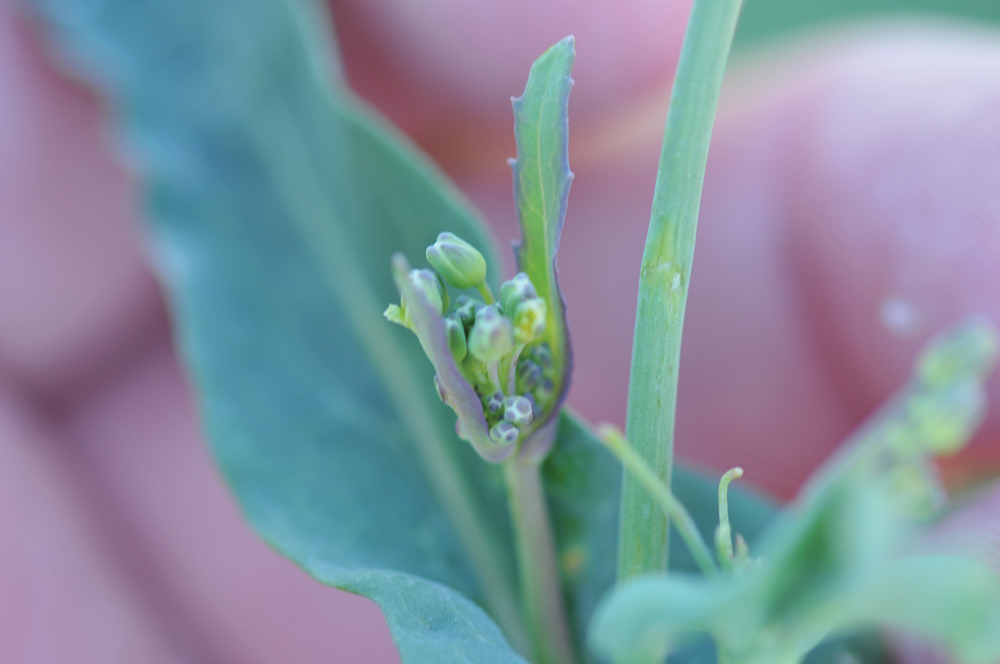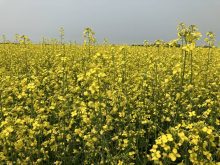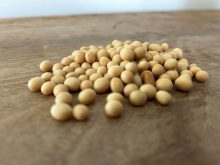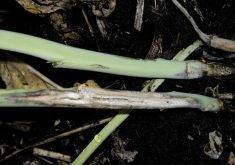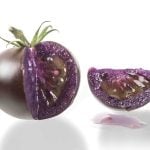It’s a classic ‘whodunit’ — the Case of the Confounding Canola Killer. And Alberta researchers are still scratching their heads over it 15 years later.
“Since 2002, we’ve been finding this ‘mystery syndrome,’ and I don’t have a cause for it,” said provincial oilseed specialist Murray Hartman.
“We get one nice flower that turns into a pod, another nice flower that turns into a pod, and then the rest stop. Or sometimes I’ll find the buds and they’re completely stunted, but every bud is still there.
Read Also
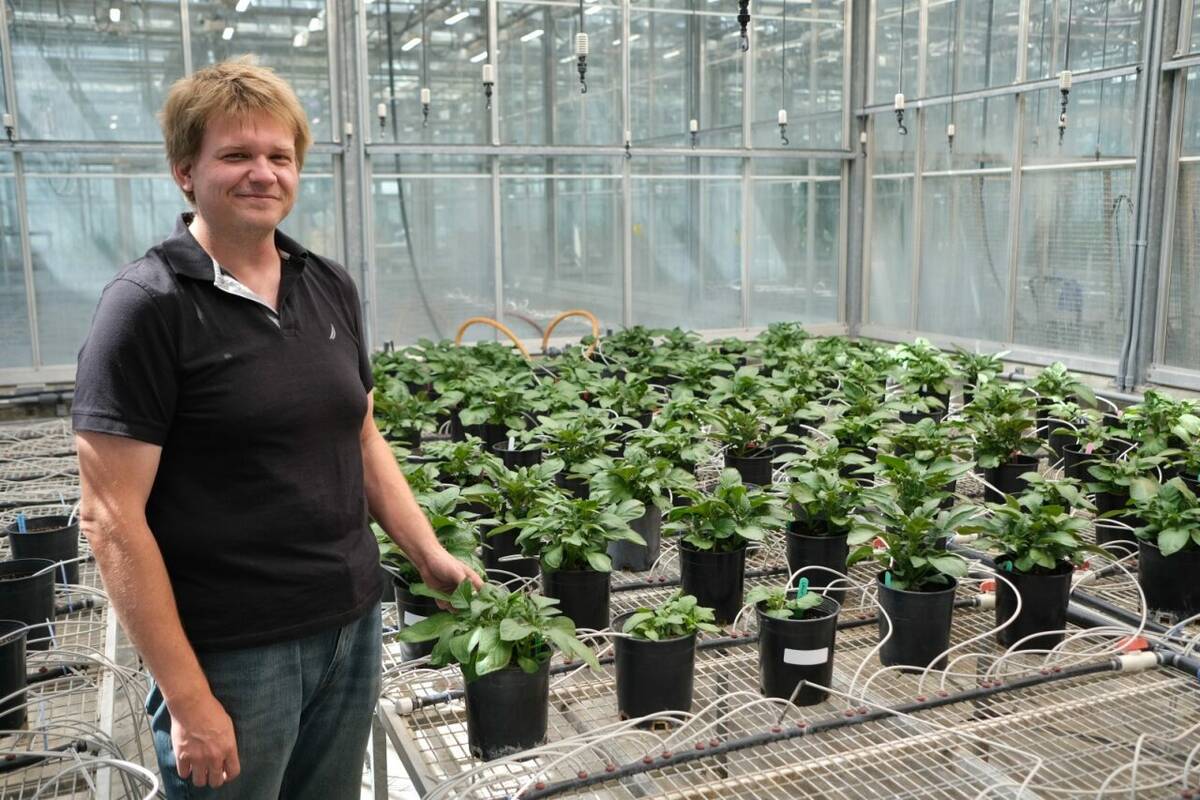
Hail research hopes to benefit potato growers
Alberta research scientist measures hail storm and heat dome affects on potato crops
“It is really bizarre.”
In fact, the victim typically recovers — new branches come up and the crop rebounds. But the lead investigator on the case is still stumped as to the culprit.
“There’s no physical damage. There’s no pitting or brown scarring or anything, so I’m looking at these and saying, ‘This isn’t insect. There’s something else happening with these,’” said Hartman.
“We’ve ruled out herbicide trespass from neighbouring fields, but it’s something herbicide-like or some kind of toxin causing these symptoms.
“I just haven’t been able to identify it.”
One theory floated around by those in the know suggests that, come spray time, herbicides collect and mingle in the lower atmosphere. Once it rains, that chemical cocktail falls on the crop, causing these strange symptoms.
“There are herbicides in the air, but I haven’t seen anywhere it’s been documented that there’s field injury,” he said. “This is still a symptom that’s a mystery to me.”
This silent would-be assassin has stalked canola fields from the deep south to the high Peace, slinking out of the shadows once every few years, but its M.O. is always the same — it always turns up at bolting stage to early flowering, when spraying season has just been in full swing.
“We had plots of different herbicide systems and we had check plots, and it was in all the herbicide systems and it was in the check plots,” said Hartman.
In 2008, he thought he was close to cracking the case when aster yellows phytoplasma emerged as a suspect.
“We were looking at some plots and I was finding these symptoms. I said, ‘We need to send this right now to be tested for phytoplasma.’ But it came back negative,” he said.
“It’s still a mystery, and I’ll bet you I retire before anybody tries to figure this one out.”
But since the damage is fairly limited and crops bounce back, file this one under ‘Things that make you go hmm.’

